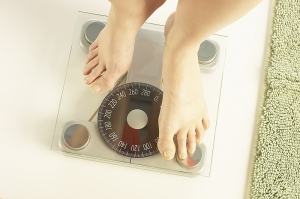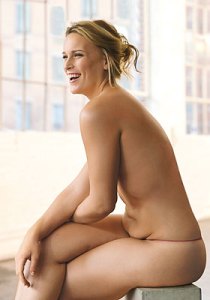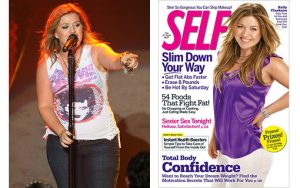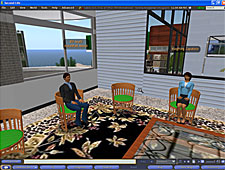

Topic–“Fat Haters:” Dr. Robyn Silverman, body image expert, on The Tyra Show!
Maybe you’re not an avid watcher– and maybe you are. But I’m a fan of getting the word out on positive self worth and body image– so in a word, I was PSYCHED to be called on to be the Body Image Expert for the nationally syndicated talk show, The Tyra Show, airing October 5th at 4pm EST on the CW! On Tuesday of last week, I was asked to come down and be part of the show, hosted by America’s Next Top Model guro, Tyra Banks. We had a great time taping the show– with me in the audience fielding some question on body image and giving my opinion about what was happening up on stage. It was exciting. So be sure to watch or Tivo Tyra on that day (4pm EST on the CW– check for your local time)!
The topic for The Tyra Show: Fat Haters and those in their family who they hurt with their attitudes.
It’s hard enough for girls and women to deal with the sheer numbers of “thin is in” images they see each day—from what they see in the media to what they “see” reflected in the mirror. Girls and women compare themselves to impossible standards of thinness– and for what? I can’t be sure. I call it “striving for zero” (that “ideal” dress size or that “ideal weight)– and what I do know is that it makes us feel inadequate and unworthy. And that this feeling is normal. How grateful we must be that we all have a place to go home (or be amongst friends) where all that stuff doesn’t matter and we can remind ourselves that we are amazing and beautiful TODAY- not 5 pounds from now.
But imagine what it must be like for those girls and women who don’t have a safe haven among their family and friends. Imagine not having a place where weight and looks and size don’t matter and where you are loved and valued for who you are. What must it be like to not have a place where beauty has a wider definition and a clothing size doesn’t depict more worth as it delves deeper into the zeros. Those girls and women are suffering deeply. They have no buffer. They begin to believe the notion that the more they weigh, the less they are worth. There family tells them that this is true! I’ve heard the stories for my body image book– I’ve hear it on The Tyra Show– and I hear it All The Time. And what’s worse, family members wind up passing body bullying on, generation after generation.
So, that’s what we were all talking about on The Tyra Show. I was asked about why some girls lash out in the ugly ways depicted on the show (you won’t believe some of the things said) and other related questions about double standards and body image. It was exciting to be a part of The Tyra Show and I’m glad I can share this topic with you, which, as you know, is near and dear to my heart. After all, I’m writing a whole book on it (due out October 2010!).
Looking forward to hearing what you have to say about the show. There isn’t any crazy chair throwing—don’t worry- I think there are some important stories and opinions uncovered. So watch The Tyra Show with me—Monday, October 5th, at 4pm EST on the CW. So excited to see you there!

Filed under: Body Image | Tagged: Body Image, Dr. Robyn Silverman, Fat Haters, The Tyra Show | 1 Comment »



 Love Your Body Day: Interview with Chenese Lewis, Hollywood NOW event organizer
Love Your Body Day: Interview with Chenese Lewis, Hollywood NOW event organizer


 Given that positive body image and media don’t often click these days, I don’t want to seem ungrateful for this fabulous shot of a normal looking woman in Glamour Magazine…
Given that positive body image and media don’t often click these days, I don’t want to seem ungrateful for this fabulous shot of a normal looking woman in Glamour Magazine…
